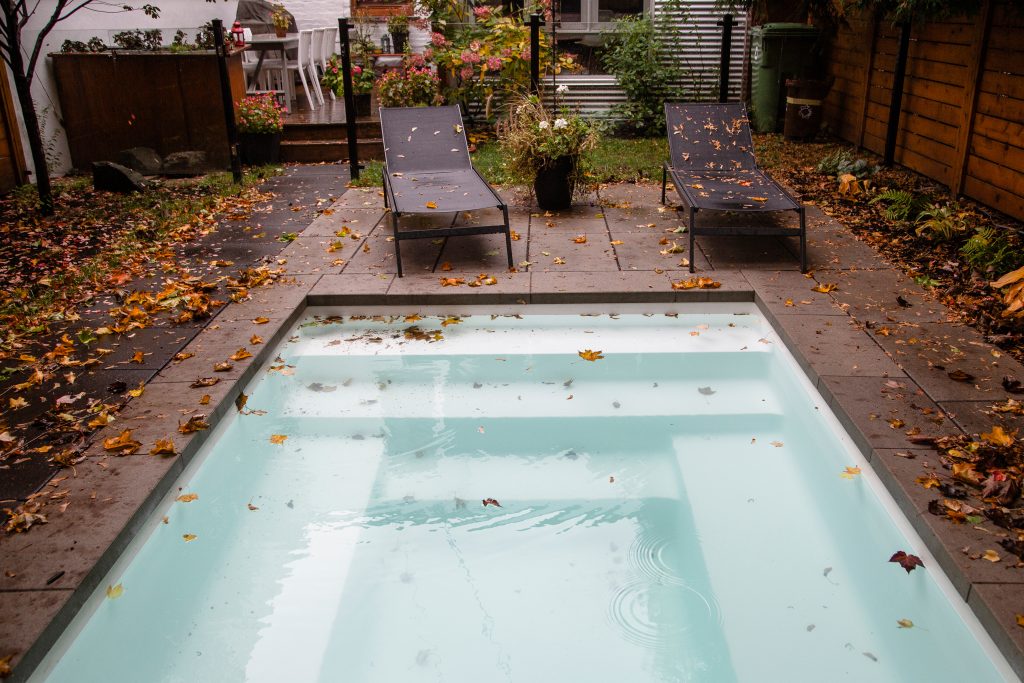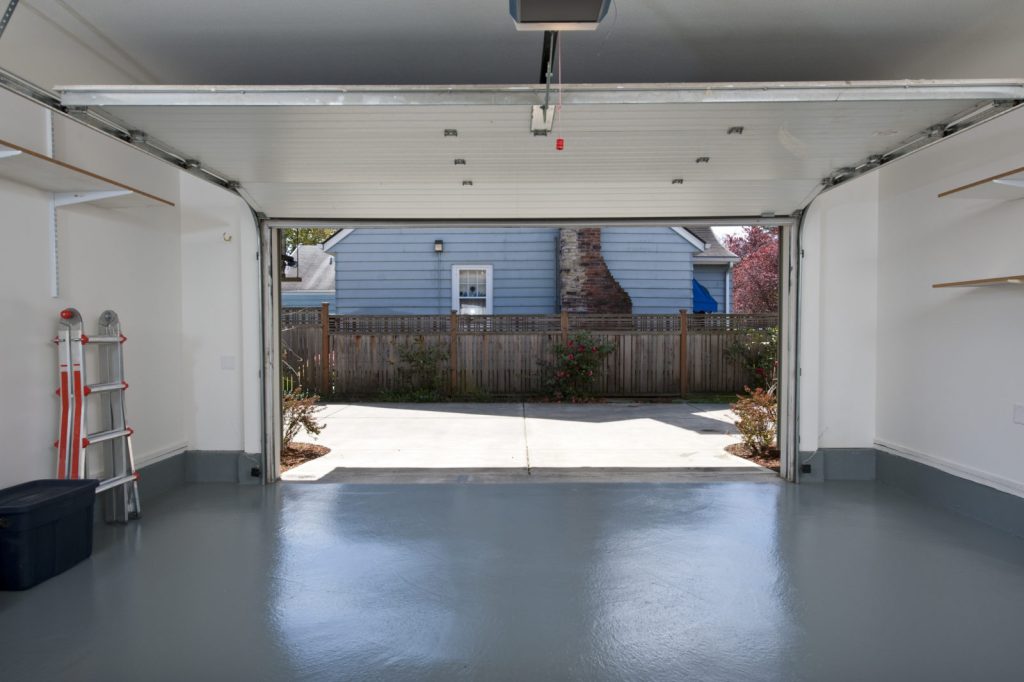Prepare Outdoor Spaces for Winter
Winter in Texas is categorically unpredictable. One day, it’s 70 F and sunny. The next, your trees are encased in three inches of ice. But there’s one certainty: You can bet your wool hat there will be some wild weather.
This checklist is a lifesaver for protecting your outdoor spaces against the elements come Father Winter.

Winterize Your Garden
A little prep work to winterize your garden before the cold arrives will make your life a little easier and set your garden up for success come spring.
Clean up. Remove weeds, sticks, and leaves to protect your garden from pests and keep the soil healthy.
Prune. Winter is the best time to prune trees, shrubs, and perennials to give them energy for new growth in spring.
Treat your soil. Grab a soil pH tester and neutralize the soil if it’s too acidic or alkaline, which prevents the proper absorption of nutrients. Limestone raises the pH of acidic soil, and fertilizers with sulfur lower the pH of high-alkaline soil. Then, add manure and compost.
Mulch winter flower gardens. Hardy winter flowers survive a light frost when tucked in tight with a 5-inch-thick blanket of mulch and shredded pine needles.
Change your watering patterns. Water in the mornings on warm days (over 40 F) to prevent root freezing by nightfall.
Harvest winter veggies before heavy frost. Winter root veggies can withstand a light frost, but once temps dip below 26 F, dig up carrots and beets before the ground freezes.
Cover before storms. Are high winds blowing your way? Cover shrubs, rose bushes, perennials, and young trees with burlap and anchor them to the ground with bricks.
Move potted plants indoors. Wheel sensitive plants inside for the winter and keep them by a window — ideally not far from where they reside in your yard.

Winterize Your Pool
Frozen pipes and a broken pool pump? Nobody has time for that! Once the temps consistently hit 65 F, take steps to safeguard your pool from winter weather damage. (Starting too early increases the risk for algae and bacteria buildup.)
Deep clean. Remove toys, accessories, and debris. Scrub the base and sides with a pool brush. Adjust the phosphate levels and add a winterizing kit with stain and scale inhibitors.
Treat the water. Use a pool testing kit to check the pH and calcium levels. Add pool shock and algaecide to prevent algae and bacteria growth. Use a winter pill, floater, or sorb to release winterization chemicals into your pool until summer.
Lower the water level. Use a submersible pump to lower the water level to 12 inches below solid covers and 6 inches below mesh covers.
Handle the equipment. Shut off the main power breaker to the pump and lights. Drain the equipment, including the pump, chlorinator, hoses, drain plugs, and filters.
Cover and wait. Use a well-fitting, solid, or mesh cover to keep debris out of your pool. Once a month, check the pool’s chemical levels to ensure your winterization kit is working.

Store Outdoor Furniture
Clean. Gently scrub away dirt and debris from furniture frames using a sponge and warm water mixed with detergent. For stains, add bleach (wear gloves!). Avoid power washing, which can cause damage.
Store. Keep furniture elevated slightly off the ground in a dry, well-ventilated place, such as a garage, basement, shed, or storage unit, free from moisture and pests. Store cushions in a plastic storage tote or fabric bag.
Cover and secure. If furniture cannot be moved indoors for the winter, anchor it against high winds. Stack and tie down chairs, close umbrellas, and tie cushions to the furniture. Then, protect it with plastic or thick fabric furniture covers.
After prepping your yard, winterize your home to stay snug as a bug as the temperatures drop.
© 2024 Texas Farm Bureau Insurance



